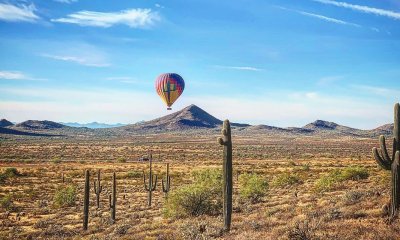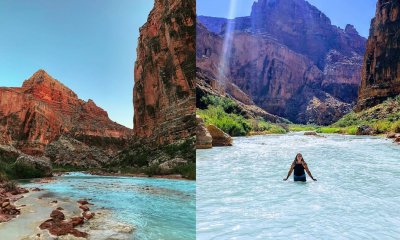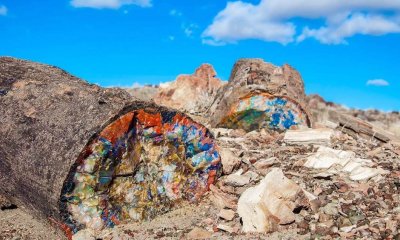Arizona
Phoenix
5 Reasons You Can’t Miss the Beautiful Tovrea Castle In Phoenix, Arizona
You may not believe it but there is a beautiful castle in Phoenix called the Tovrea Castle. This landmark has a long history and is open to the public for tours and special events. Here are 5 reasons why you must come out and visit the Tovrea Castle in Phoenix, Arizona.
1) Phoenix May Be the Last Place You’d Expect To Find a Castle Like Tovrea Castle
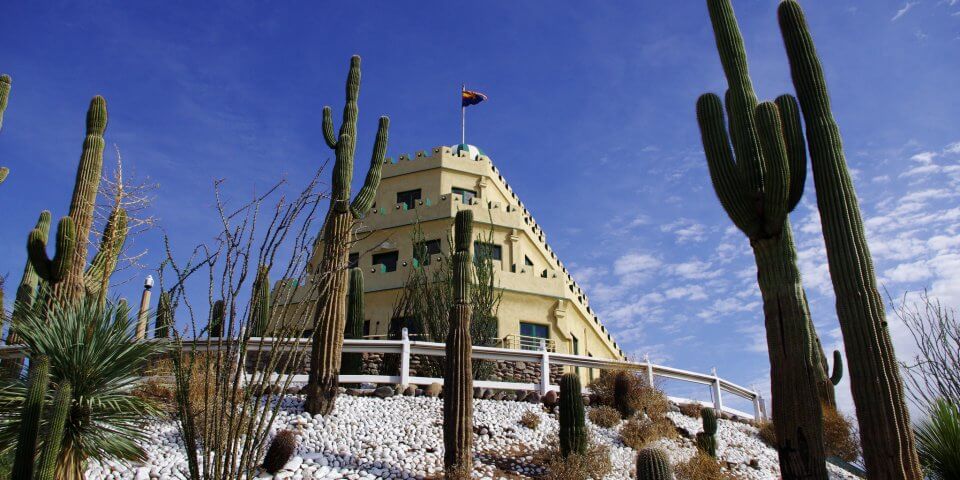
Sitting gloriously atop the hill close to East Van Buren and 52nd Street, if you’re driving the Loop 202, you can’t miss the breathtaking view of this structure. Its full name is Tovrea Castle at Carraro Heights, but if you ask any of the locals, they’re likely to just call it “The Wedding Cake.” That nickname comes from the three white, rococo-style tiers of wood and stucco that make up this castle.
Today, this castle is a Phoenix Point of Pride and a well-known landmark in the city, but how did such an interesting and unique building come to lie in the heart of Arizona’s capital city? It all began with one man.
2) The Man Behind the Masterpiece Was Alessio Carraro
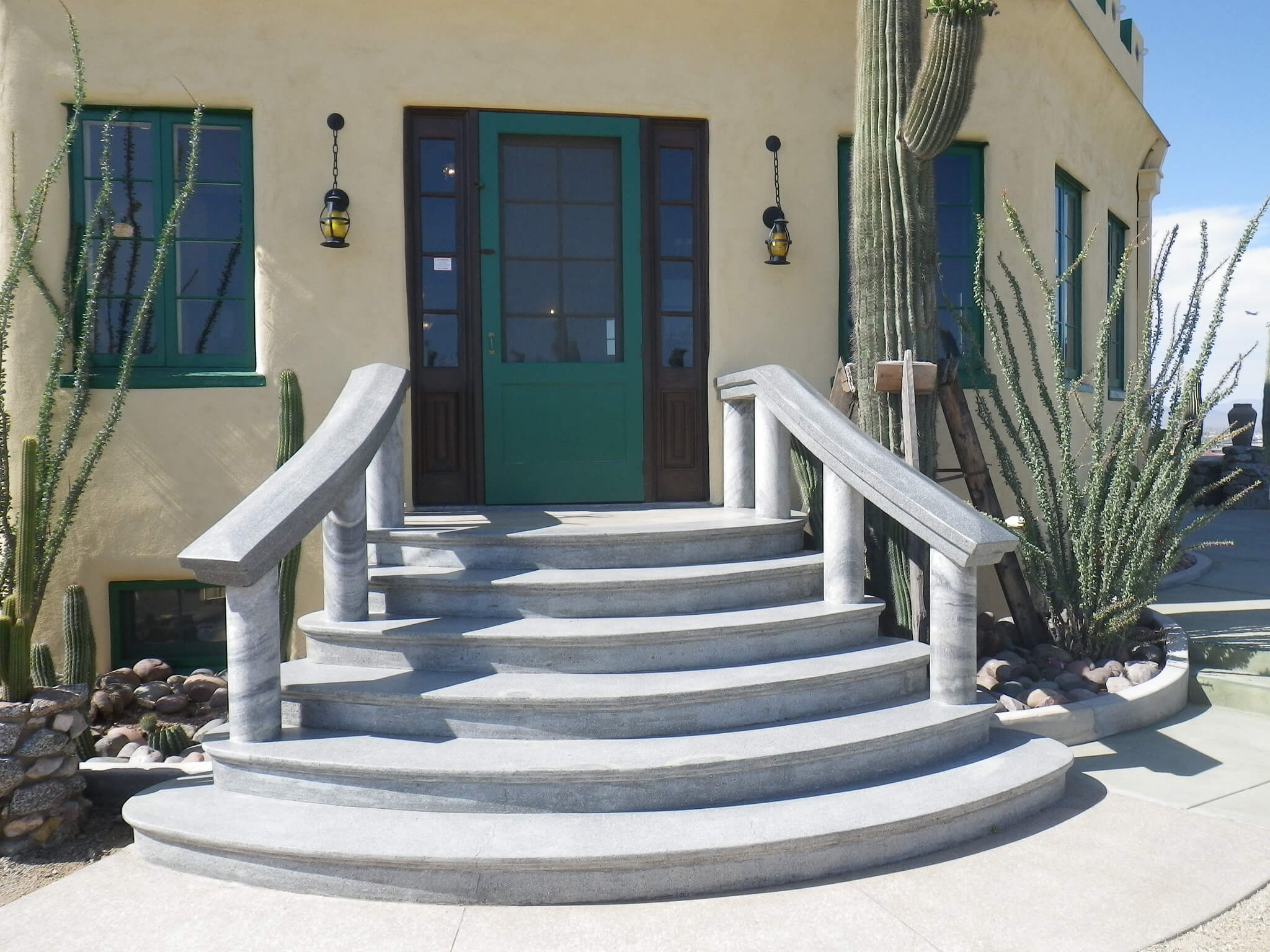
As you might be able to tell from his name, Carraro came to the United States from Italy. He started out as a shoe cobbler, but quickly branched out and became quite successful. He worked in San Fransisco, California for some time, profiting heftily from a sheet metal business, and went on to be an established gold miner, land developer, and Water Witch.
Despite his immense success, Carraro decided to move to Arizona in 1928 with a dream. Tovrea Castle was to be a hotel at the center of a resort destination and housing subdivision that he would name Carraro Heights. He chose a chunk of desert land east of Phoenix and, with the help of his son, Leo, began what would be a fourteen-month project.
3) Carraro Had Some Unexpected Help With His Project
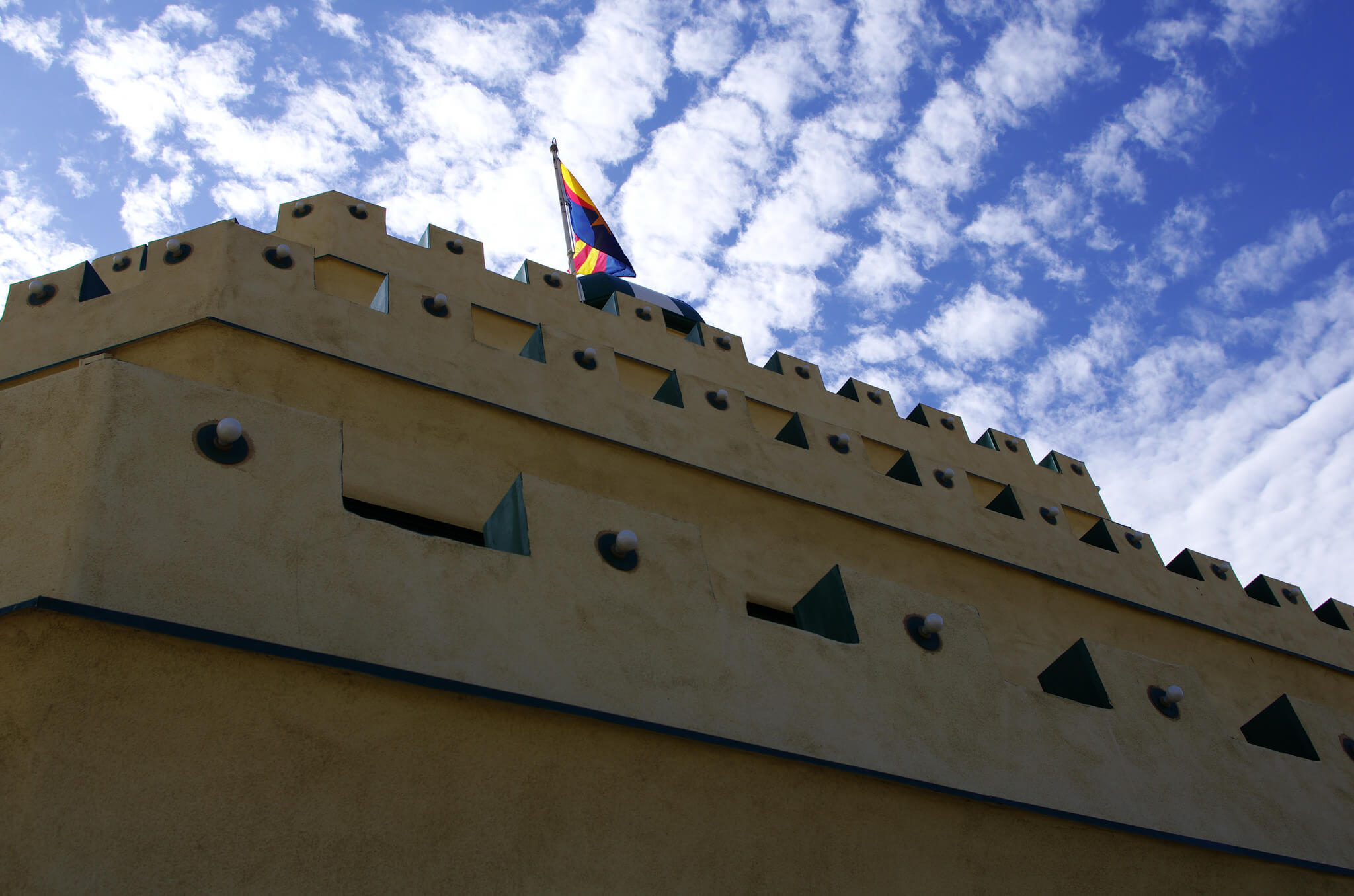
While Carraro was planning his creation, a Russian man named M. Moktatchev appeared on his doorstep. This well-traveled man offered little explanation for his arrival, and instead offered to build Carraro a cactus garden. During these early years, the castle and the garden were a magnificent sight to behold.
Not only did Mokta, as he was often called, source cacti from the surrounding areas of Arizona, New Mexico, California, and Colorado, but he also used his wealth of contacts to obtain other exotic cacti and desert plants from far-reaching places like Central America, South America, Australia, and Africa’s the Sahara Desert.
When it was all said and done, they had planted over 500 species of cacti. Even more impressively, they had labeled each with its common and Latin names. These plants found their homes among a horseshoe area, a game court, two concrete-lined ponds, a rose garden, an aviary, and a white rock river made of stones sourced from the nearby Salt River.
4) Carraro Only Owned His Castle for a Year
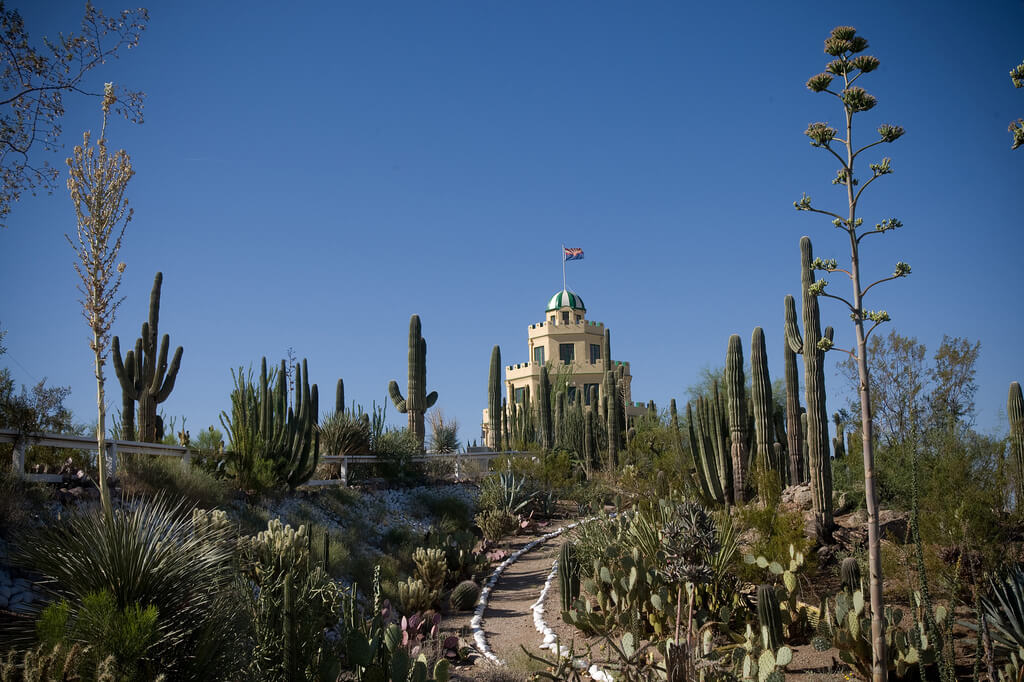
The project was completed in 1930, and by 1931, he was forced to sell the hotel and the surrounding land. The castle went to Edward Ambrose (“E.A.”) Tovrea and his second wife Della. E.A. Tovrea was another successful businessman himself. At the age of only ten, he left Illinois for a ranch in Kansas where he could learn new skills.
At nineteen, he moved west, launching his own freight company that moved goods throughout Colorado, New Mexico, and Arizona. He opened butcher shops and packing companies, all successful ventures that he ultimately passed on to his son, Phil.
Phil continued to carry on the good name of the company that his father had started, and E.A. settled into the castle with his wife to enjoy retirement. Unfortunately, E.A. would pass away just one year later, leaving Della in the castle until 1969.
5) The City of Phoenix Purchased the Tovrea Estate in 1993
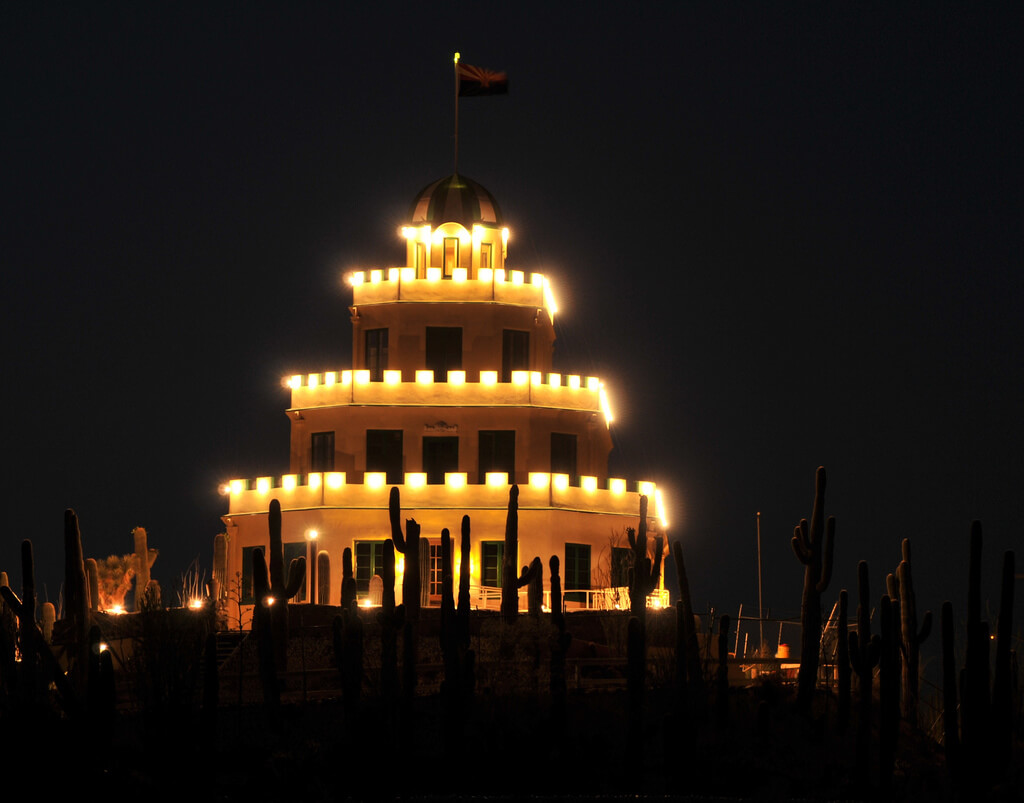
Maintaining and restoring this historical work of art has been a challenge since the majority of funding comes from the private sector and the community.
In 1998, much work was done to restore the garden to its original splendor. Working from photographs of the original layout of the garden, the area was revitalized. Many dead or diseased plants were removed, and around 400 Saguaros and 1,000 smaller cacti were planted. Better spacing and a new irrigation system ensured that these plants would flourish.
New fencing and driveway lighting were just a few of the improvements that helped bring the Tovrea Castle back to life. A master plan exists to fully restore the castle and gardens, adhering to the original designs of Carraro and Mokta.
If you’re dying to see this incredible structure, you aren’t the only one. Tours are fully booked well in advance, so plan ahead!












